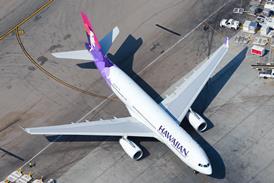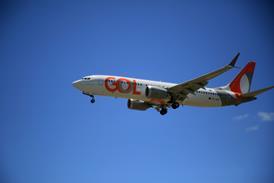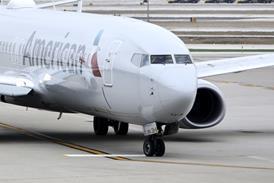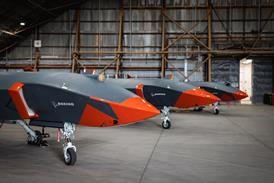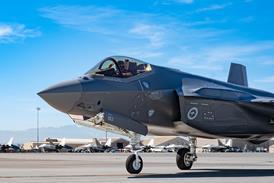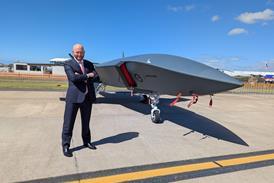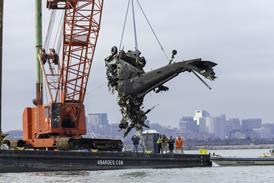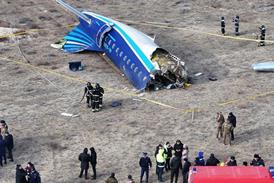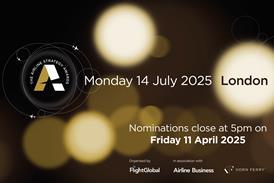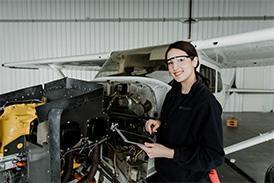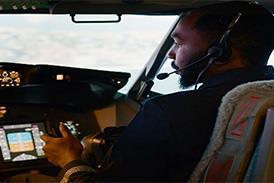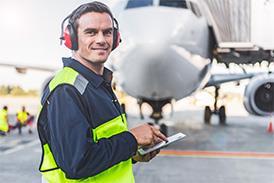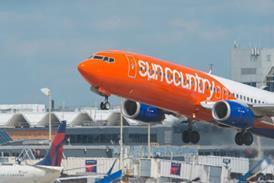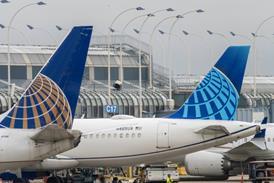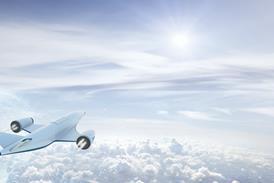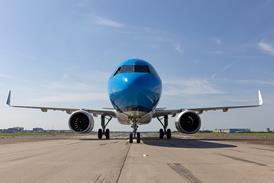Is hydrogen the fuel that aviation needs to power its zero-emission future or an expensive, impractical solution to a problem that could be better solved by other means?
A month ago, Airbus appeared to indicate that it had concluded it was the latter. After five years of championing its ZEROe concepts, it disclosed that it was pushing back the service-entry target by five to 10 years and cutting research and technology funding by 25%.
On that basis, many concluded the airframer’s dalliance with hydrogen was a brief fling rather than an enduring relationship.
But the reality, as is often the case, is more nuanced.
Opening the third edition of its Airbus Summit event in Toulouse, the group’s chief executive Guillaume Faury said he still considers hydrogen as the “energy of the future”.
However, work conducted since the launch of the ZEROe project in 2020 has shown that technology development alone would not be enough.
“Five years later we have learned a lot… we can do and develop and manufacture a hydrogen airplane that works.
“But we learned as well that the competitiveness of such a plane would not be good enough to compete with other planes. We would have the risk of having a sort of Concorde of hydrogen, where we would have a solution but one that would not be commercially viable at scale.”
In particular, Faury says, the regulatory framework “has not developed” and “last but probably not least we don’t have the hydrogen ecosystem”.
In other words, there is no clear view on how to certify and operate a hydrogen-powered airliner and, if it entered service by the middle of next decade as originally planned, there would be no guarantee that customers could access sufficient volumes of ‘green’ hydrogen at a competitive price.
“To some extent we have come to the conclusion that we would be wrong to be right too early. The time is not right,” says Faury.
So, while “we are absolutely convinced this is an energy for the future”, he says, “there is more work to be done”.
And that’s the key message: just because the timeline has slipped, it doesn’t mean the project has been scrapped (cynics would also point out that any delay frees up engineering resources for work on a new single-aisle).
As if to underline the point, Airbus unveiled a new look for its ZEROe concept – a 100-seat, 1,000nm (1,850km)-range airliner. Based on forecast improvements to the aircraft’s hydrogen fuel cell powertrain, it now features four rather than the six engines seen on earlier iterations.
The confidence to make the switch springs from the testing Airbus has been performing on the fuel cell system and the enhancements it now believes it can bring – in terms of weight, efficiency and power density – to the next generation of the powertrain.
While the ZEROe team may be making a virtue out of a necessity and using the additional time to further improve the performance of the hydrogen technology, there does seem a genuine belief that it is still offers a route to aviation’s holy grail: a zero-emission aircraft.
“Until now, this has remained, maybe even considered beyond reach, but with fuel cells we believe we have found the right technology to turn this ambition into reality,” says Glenn Llewellyn, Airbus vice-president zero-emission aircraft.
There are, of course, no guarantees that Airbus will ever build a hydrogen-powered aircraft, but that dream has not gone away.
Elsewhere this week, Canadian investigators released their initial report into the 17 February hard landing of a CRJ900 at Toronto that left the regional jet on its back; the prospect of tariffs continues to dominate the industry’s focus; offshore helicopter operators contemplate a future beyond the Sikorsky S-92; and Boeing has won the contract to develop a sixth-generation fighter for the US Air Force, dubbed the F-47.

